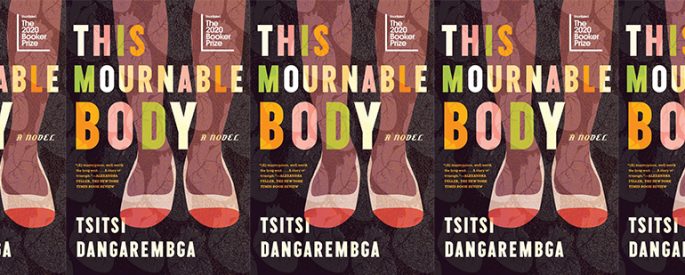Tsitsi Dangarembga Archive
This Mournable Body’s Unrelenting “You”

What has been overlooked in analysis of Tsitsi Dangarembga’s Booker Prize nominated novel is her use of the second-person perspective in combination with the simple present tense—creating a readerly experience of selfhood and time that does more than the second-person can alone.